Reading brain waves was useless until A.I. got involved. Now mind reading has real-world, practical applications.
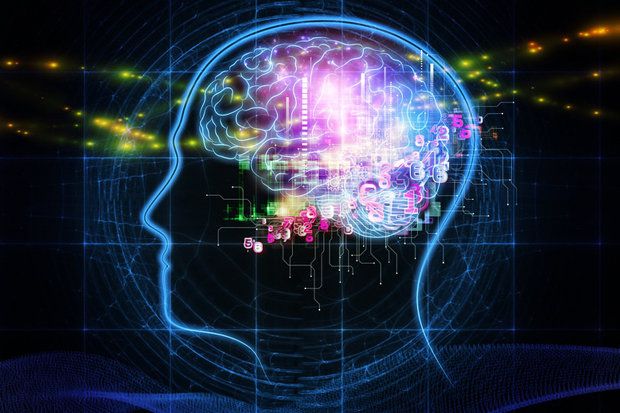

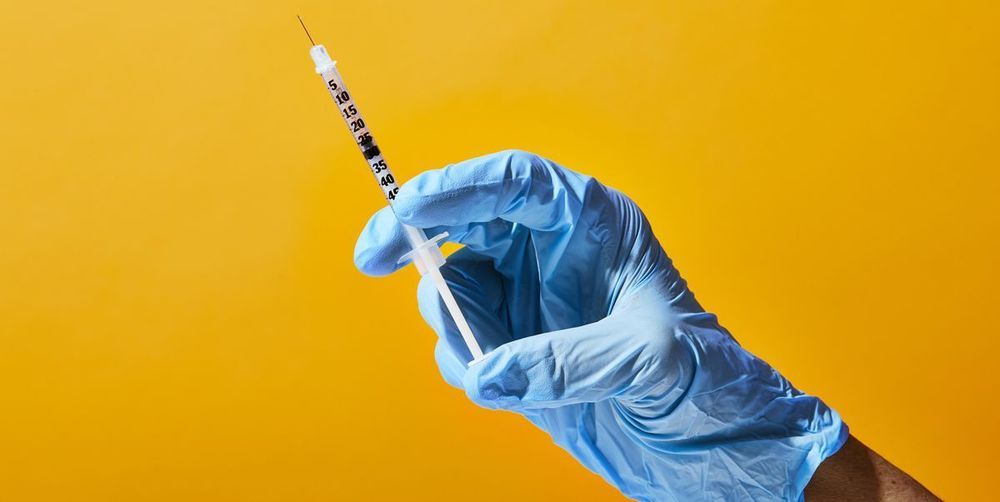
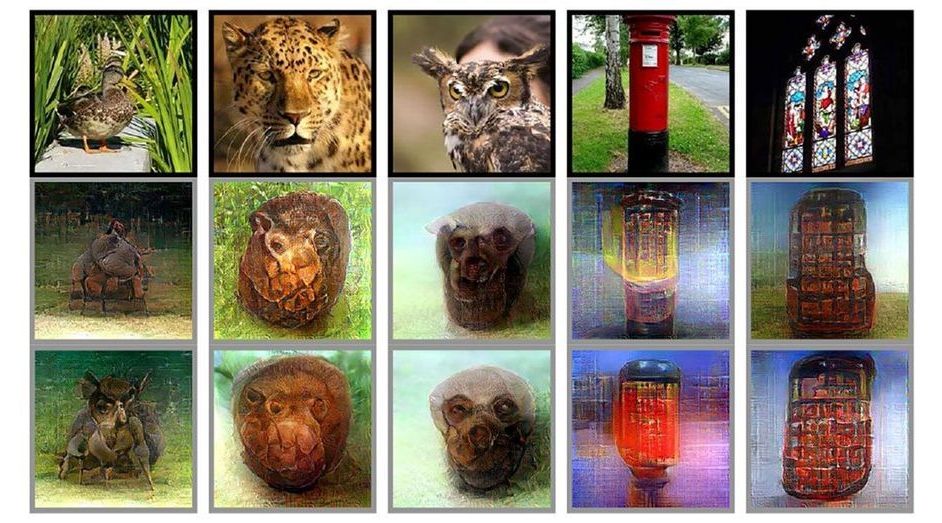

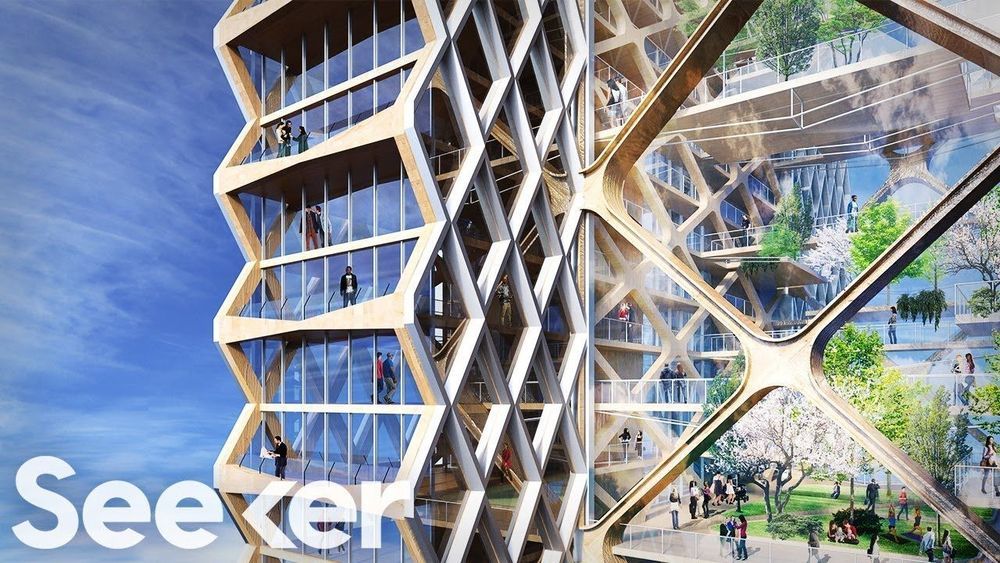
By 2050, two-thirds of us wil be living in cities, so architects are taking inspiration from nature to build more sustainable skylines.
How Eyes Evolved to See the World Differently
Subscribe! https://www.youtube.com/user/DNewsChannel
WOHA
The Wood Innovation and Design Centre
https://www.unbc.ca/engineering-graduate-program/wood-innovation-and-design-centre
Tokyo to build world’s tallest timber tower
https://www.cnn.com/style/article/wooden-skyscrapers-timber-trend-catching-fire-duplicate-2/index.html
“The 70-story tower will be a hybrid structure made from 90% wooden materials. A steel vibration-control framework will underpin the design — an important feature in a city where earthquakes are frequent.”
A Lusher and Greener Singapore (URA and NParks Introduce Schemes to Promote Skyrise Greenery)
https://www.nparks.gov.sg/news/2009/4/a-lusher-and-greener-singapore-ura-and-nparks-introduce-schemes-to-promote-skyrise-greenery
“The greening of Singapore will literally move to greater heights with the launch of URA’s programme, LUSH. NParks is also introducing a pilot incentive scheme to encourage existing building owners to green up their rooftops.”
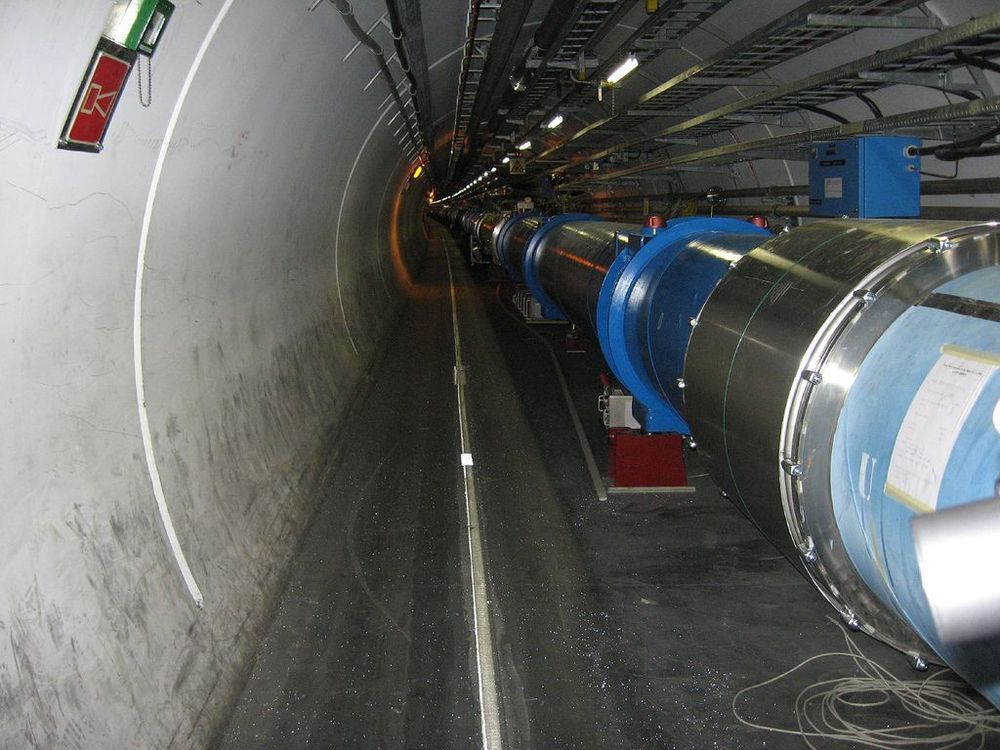
Tomasz Skwarnicki, professor of physics in the College of Arts and Sciences at Syracuse University, has uncovered new information about a class of particles called pentaquarks. His findings could lead to a new understanding of the structure of matter in the universe.
Assisted by Liming Zhang, an associate professor at Tsinghua University in Beijing, Skwarnicki has analyzed data from the Large Hadron Collider beauty (LHCb) experiment at CERN’s Large Hadron Collider (LHC) in Switzerland. The experimental physicist has uncovered evidence of three never-before-seen pentaquarks, each divided into two parts.
“Until now, we had thought that a pentaquark was made up of five elementary particles [called quarks], stuck together. Our findings prove otherwise,” says Skwarnicki, a Fellow of the American Physical Society.
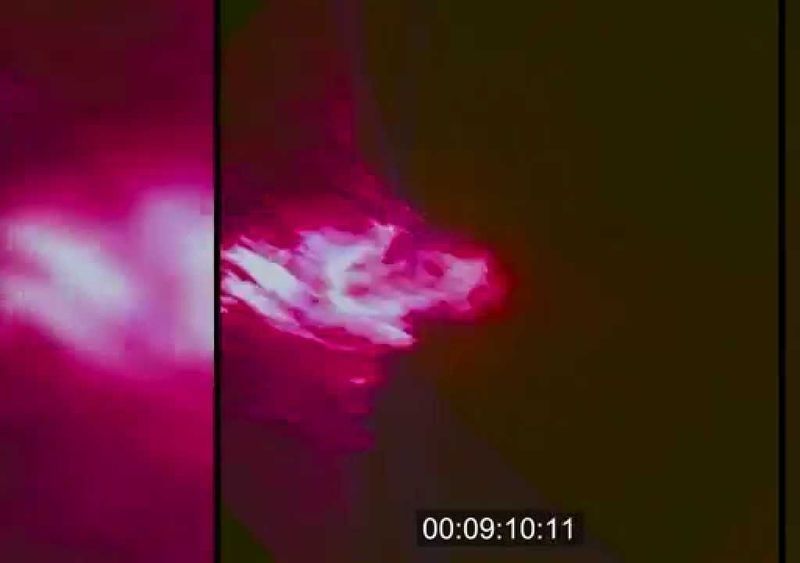
SpaceX has silently published the first known detailed render of its new stainless steel Starship’s design on the cover of Popular Mechanic’s April 2019 issue, showing the next-generation orbital spacecraft reentering Earth’s atmosphere in a blaze of glowing metal and plasma.
Despite the fact that the render seems to only be available in print and then only through one particular news outlet, Teslarati has acquired a partial-resolution copy of the image to share the latest official glimpse of SpaceX’s Starship with those who lack the means, access, or interest to purchase a magazine. Matters of accessibility aside, SpaceX’s updated render offers a spectacular view of Starship’s exotic metallic heat shield in action, superheating the atmosphere around it to form a veil of plasma around the spacecraft’s hull. According to CEO Elon Musk, the hottest parts of Starship’s skin will be reinforced with hexagonal tiles of steel and transpiration cooling, a largely unproven technology that SpaceX is already in the process of testing.
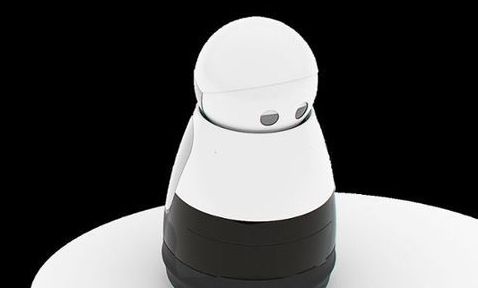
It is our common responsibility and interest to disseminate openly and honestly not only our success but also our failures. Together, we can realize our dreams for numerous robotic applications and devise a realistic plan to develop them.
The problem, as Giulio Sandini put it, occurs when one sells (or buys) intentions as results. Overselling is a dangerous strategy that can be counterproductive, even for the whole robotics community. Both companies and researchers publish videos of robots doing tasks, but sometimes they fail to point out the limitations of the technology or that those results were achieved in lab conditions. This makes it much more difficult to explain to non-roboticist industry executives the difference between creating a one-off demo and creating a real product that works reliably.
Deep learning, for example, is at the forefront of the AI revolution, but it is too often viewed as the magic train carrying us into the world of technological wonders. AI researchers are warning about overexcitement and that the next AI winter is coming.
The first cracks are already visible, as is the case of the promises claimed for self-driving cars. Rodney Brooks, founder of Rethink Robotics, regularly writes relevant essays on this topic on his blog. Robot ethics professor Noel Sharkey wrote an article in Forbes titled “Mama Mia It’s Sophia: A Show Robot or Dangerous Platform to Mislead?” Tony Belpaeme, a social robot researcher from the University of Ghent, replied with a tweet, “I had [a European Union] project reviewer express disappointment in our slow research progress, as the Sophia bot clearly showed that the technical challenges we were still struggling with were solved.”
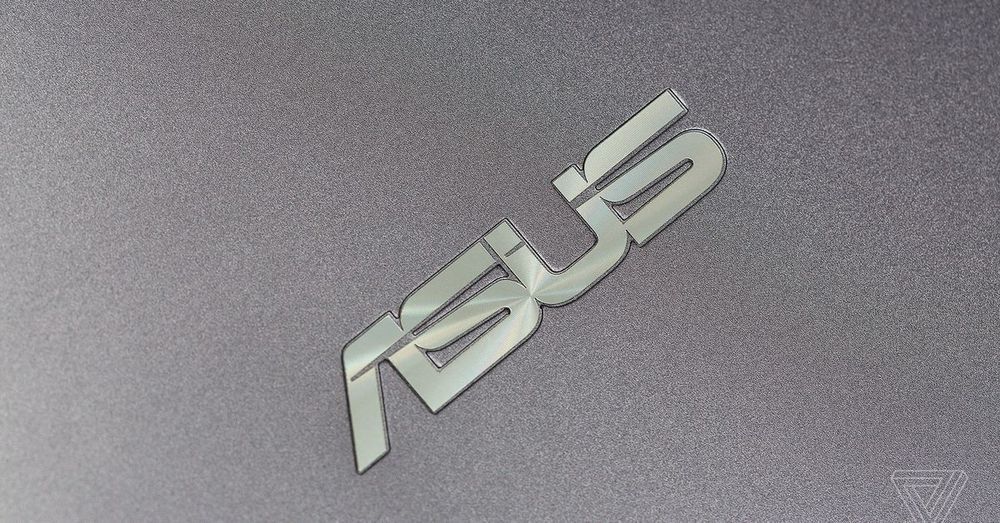
Asus’ software update system was hacked and used to distribute malware to about 1 million Windows computers, according to the cybersecurity firm Kaspersky Lab. The malware was disguised as a “critical” software update, distributed from Asus’ servers, and signed using a real Asus certificate that made it appear to be valid. Details of the hack were first revealed by Motherboard, and Kaspersky plans to release more details at an upcoming conference.
It’s not clear what the hackers were after. However, the hackers did seem to target specific Asus customers: the malware included special instructions for 600 systems, to be identified by specific MAC addresses. Once one of those systems was detected, the update would then install more malicious programs to further compromise the system.
Kaspersky named the attack “ShadowHammer.” This kind of targeting is often associated with espionage attacks by nation states, most notably Stuxnet, which spread widely but did little to no harm on most infected systems.
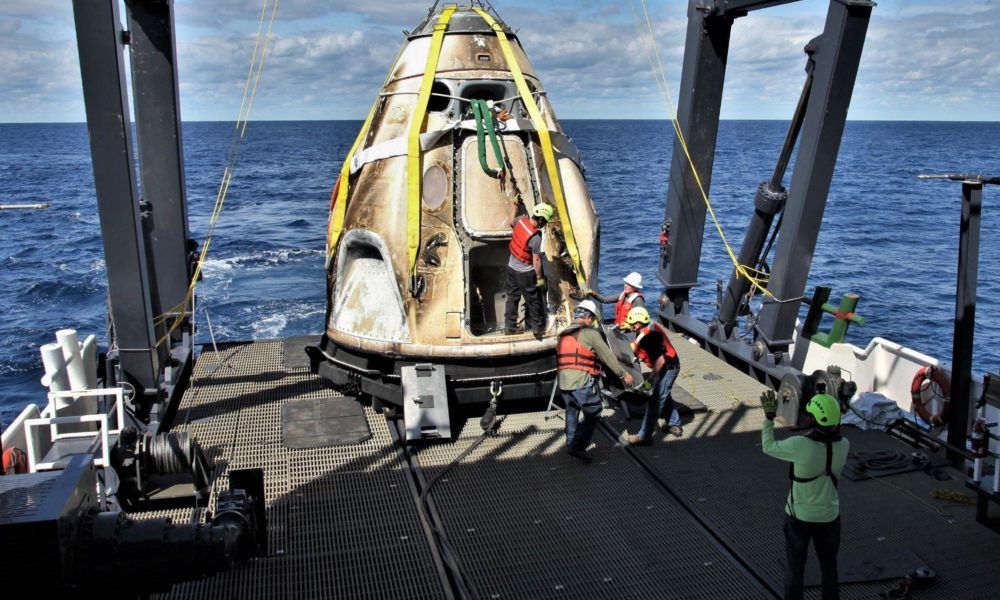
A source familiar with Russia’s aerospace industry recently informed state newspaper RIA Novosti that NASA has provided Russian space agency Roscosmos with an updated planning schedule for International Space Station (ISS) operations, including a preliminary target for SpaceX’s first Crew Dragon launch with astronauts aboard.
According to RIA’s source, NASA informed Roscosmos that the agency was tentatively planning for the launch of SpaceX’s Demonstration Mission 2 (DM-2) as early as July 25th, with the spacecraft departing the ISS, reentering the atmosphere, and safely returning astronauts Bob Behnken and Doug Hurley to Earth on August 5th. In a bizarre turn of events, Russian news agency TASS published a separate article barely 12 hours later, in which – once again – an anonymous space agency source told the outlet that “the [DM-2] launch of Crew Dragon is likely to be postponed to November”. For the time being, the reality likely stands somewhere in the middle.